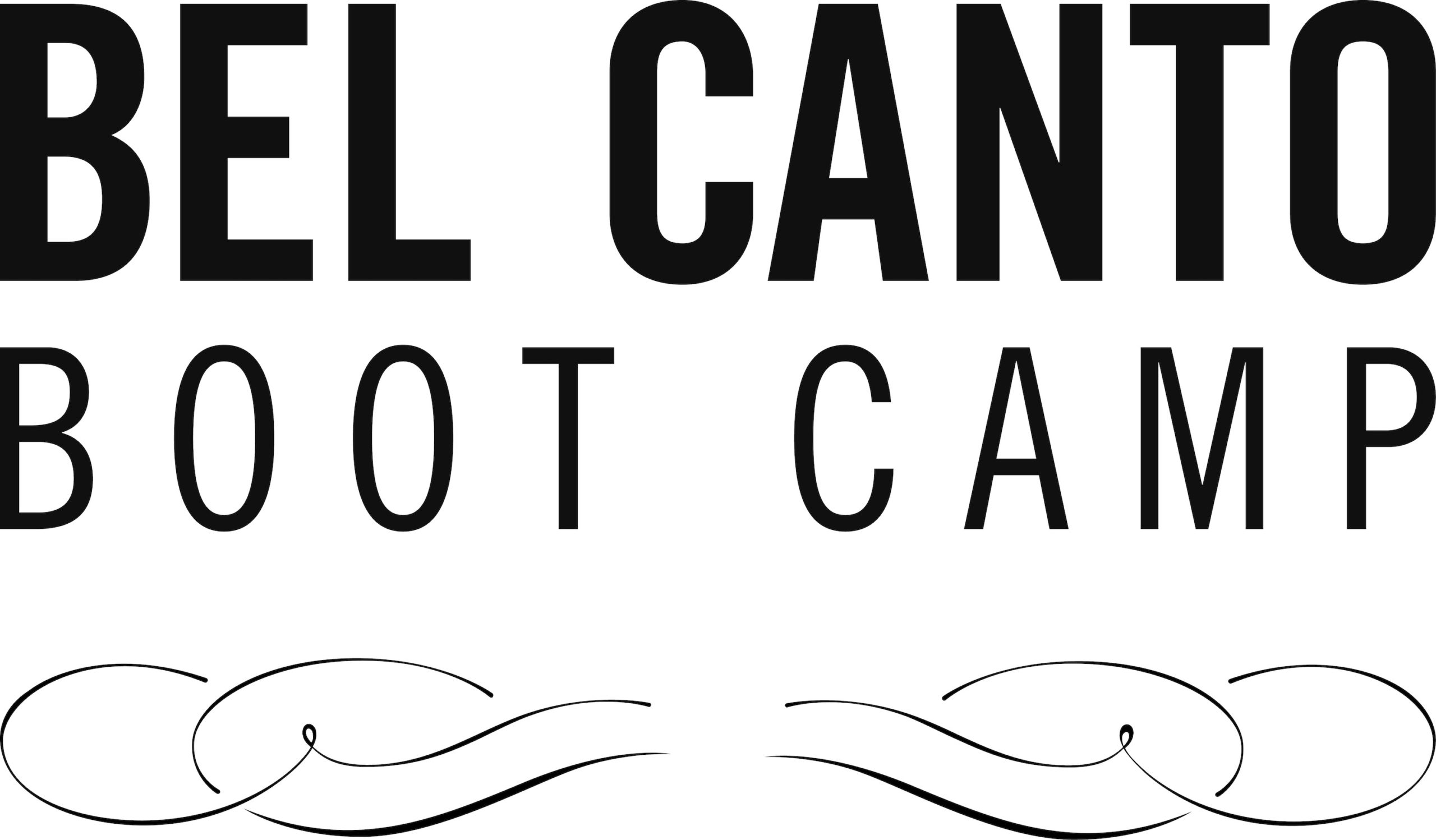Lynn Helding. The Musician’s Mind: Teaching, Learning, and Performance in the Age of Brain Science. Rowman & Littlefield, 2020.
Every singer, coach or voice teacher has wondered what are the best strategies for practicing, memorization, and performance. We all get advice on the best ways to learn our music or to teach others theirs. But what does the current knowledge of how the brain works tell us and how can we translate into our own teaching and practice and performing? That is the subject of Lynn Helding’s The Musician’s Mind: Teaching, Learning, and Performance in the Age of Brain Science. There is far too much in this book to cover in a few blog posts so I will just pull out the parts that I think are most relevant for this group while strongly encouraging everyone to read it. I am already incorporating much of this into my teaching (and in some cases relieved that what I have been recommending for students is backed up by science).
(A note about science: Helding describes in detail the misuse of a single scientific study that morphed into the Baby Mozart movement back in the 1990s. Science when well-understood and well-applied is useful to us. Taking a small-scale study and assuming effects far beyond the scope of a study in order to sell a product, service, or method borders on fraud and undermines public trust in the scientific method. Caution must be used when applied scientific discoveries to practice.)
First things first: how does learning work? In three steps: 1) Attention 2) Learning Itself and 3) Long-Term Memory.
Step One: Attention. This is the topic of much of the current brain research. Attention has four components. First, default mode: the state in which the brain returns when not engaged in a cognitive task or hijacked by something else distracting it. (Note: it is in this state that brain activity increases. This is also the state we are in while daydreaming, so it is therefore the state in which we are our most creative.) Also, emotion plays a critical role in memory consolidation. It is emotion that helps encode our experiences into long-term memory. “Desire is the ignition system of attention.” Helding advises against attempt to boost desire and motivation using rewards such as candy, praise, or money. (She is opposed to Behaviorism. Her rationale is based on research and apply not just to music lessons but also to rearing children, all kinds of learning environments or even in the workplace. Basically, the research shows that the recipient of the rewards may show short term responses, but since the reward is the goal, not the improved behavior, those habits do not survive once the reward is removed. They do not lead to long-term habits.) Setting specific, realistic short-term and long-term goals are a much better strategy. One last aspect of attention is discussed: the importance of sleep. Sleep deprivation is the main impediment to attention.
Step Two: Learning. This has two components: chunking and constructed memories. Chunking is the amalgamation of bits of experience. People with better memories seem to be able to manipulate a greater number of chunks and those chunks contain many more bits. Constructed memories are how we place new experiences into what we have already learned.
Step Three: Memory.
The complex neurobiologial process of learning itself is encoded in a maxim called Hebb’s rule: “Neurons that fire together wire together.” Learning begins when the synapses (the gaps between neurons) are excited by a thought or a sensation. With the addition of attention, emotion, and desire, short term memory rapidly progresses to working memory—otherwise known as learning.
Short-term memory is not just a miniature version of long-term memory but is altogether biologically distinct. As every singer and voice teacher has learned, regular practice works, weekly last-minute cram sessions do not. Also of interest, the addition of emotion and intention aids in memory. Something to remember when learning a recital or a role.
